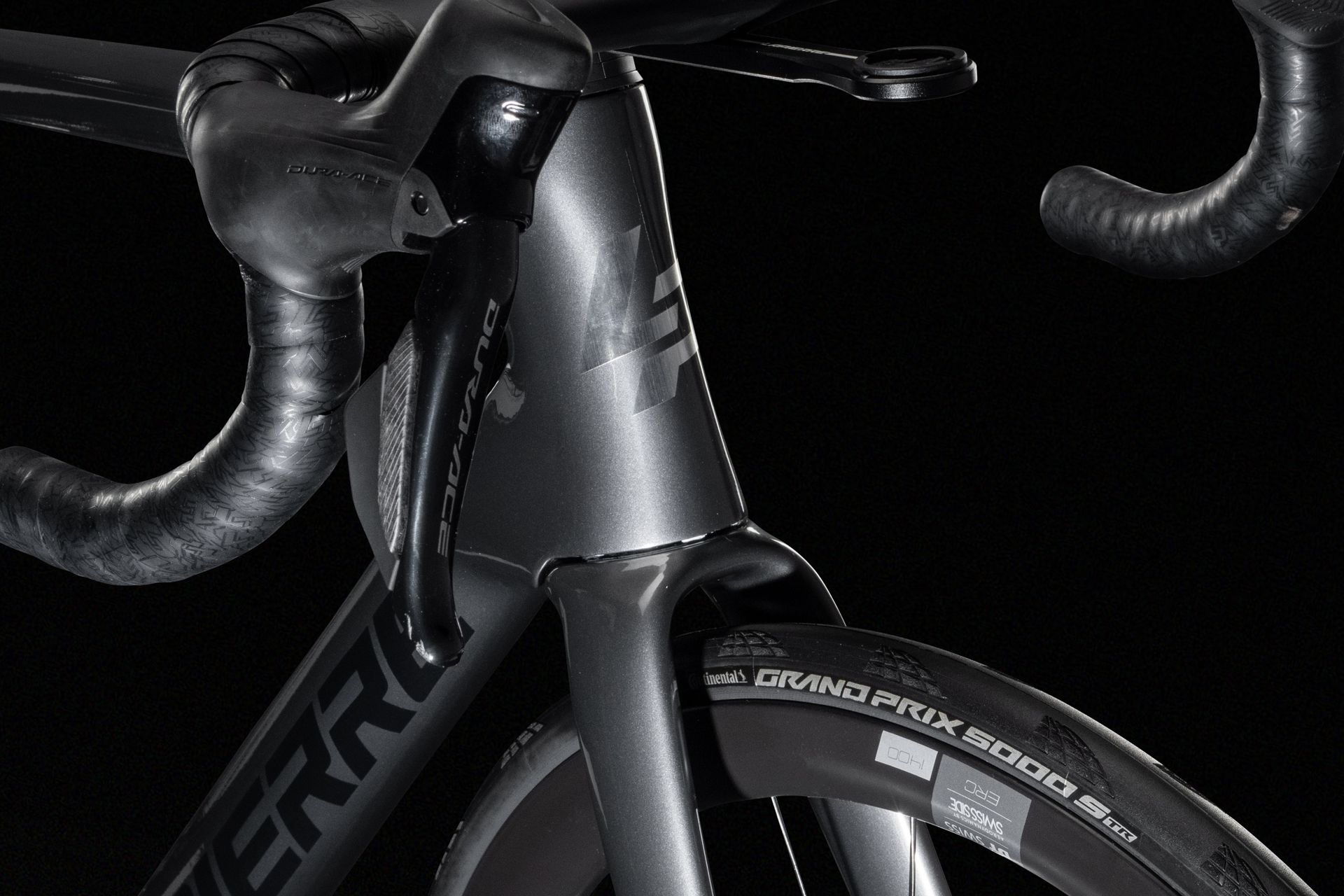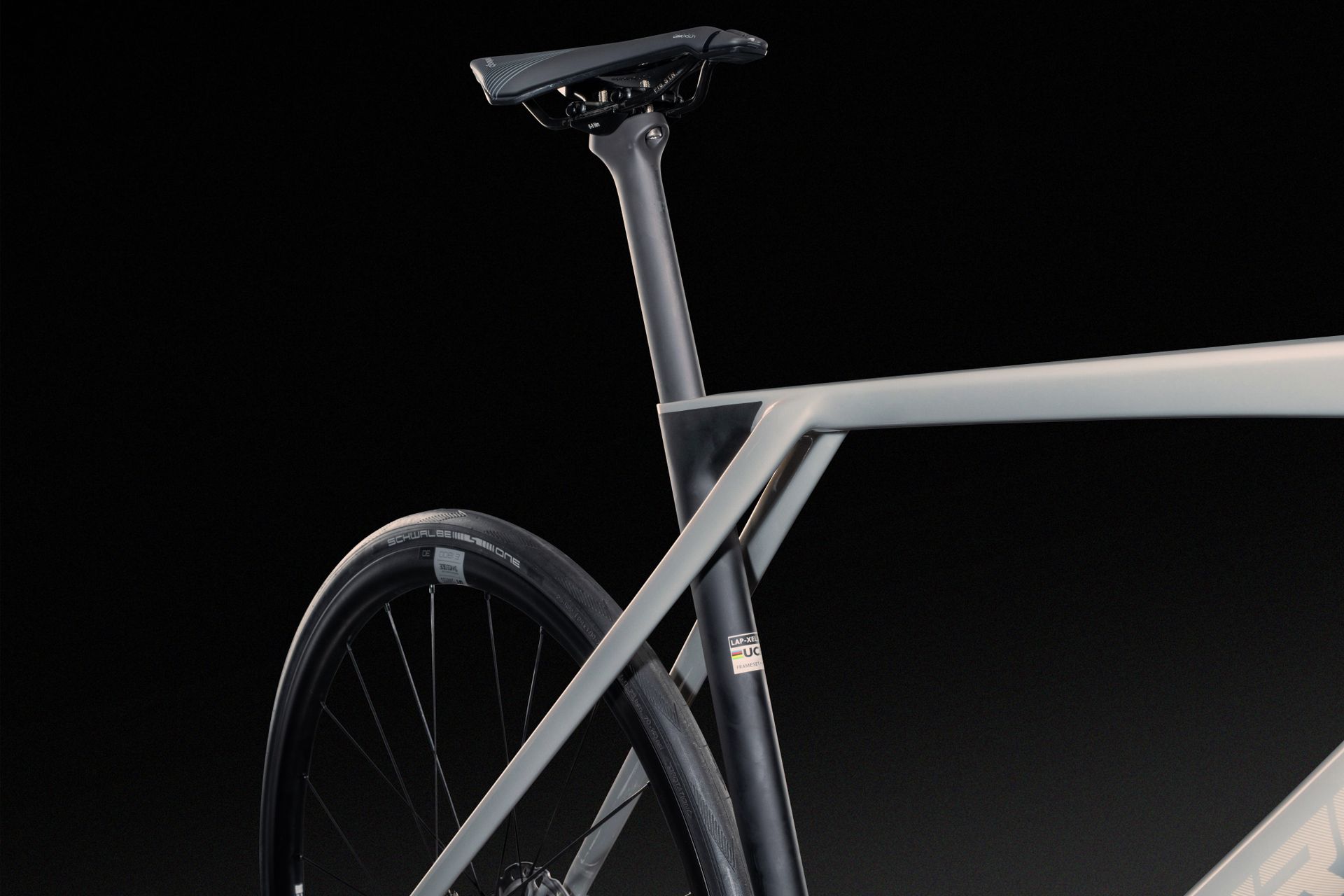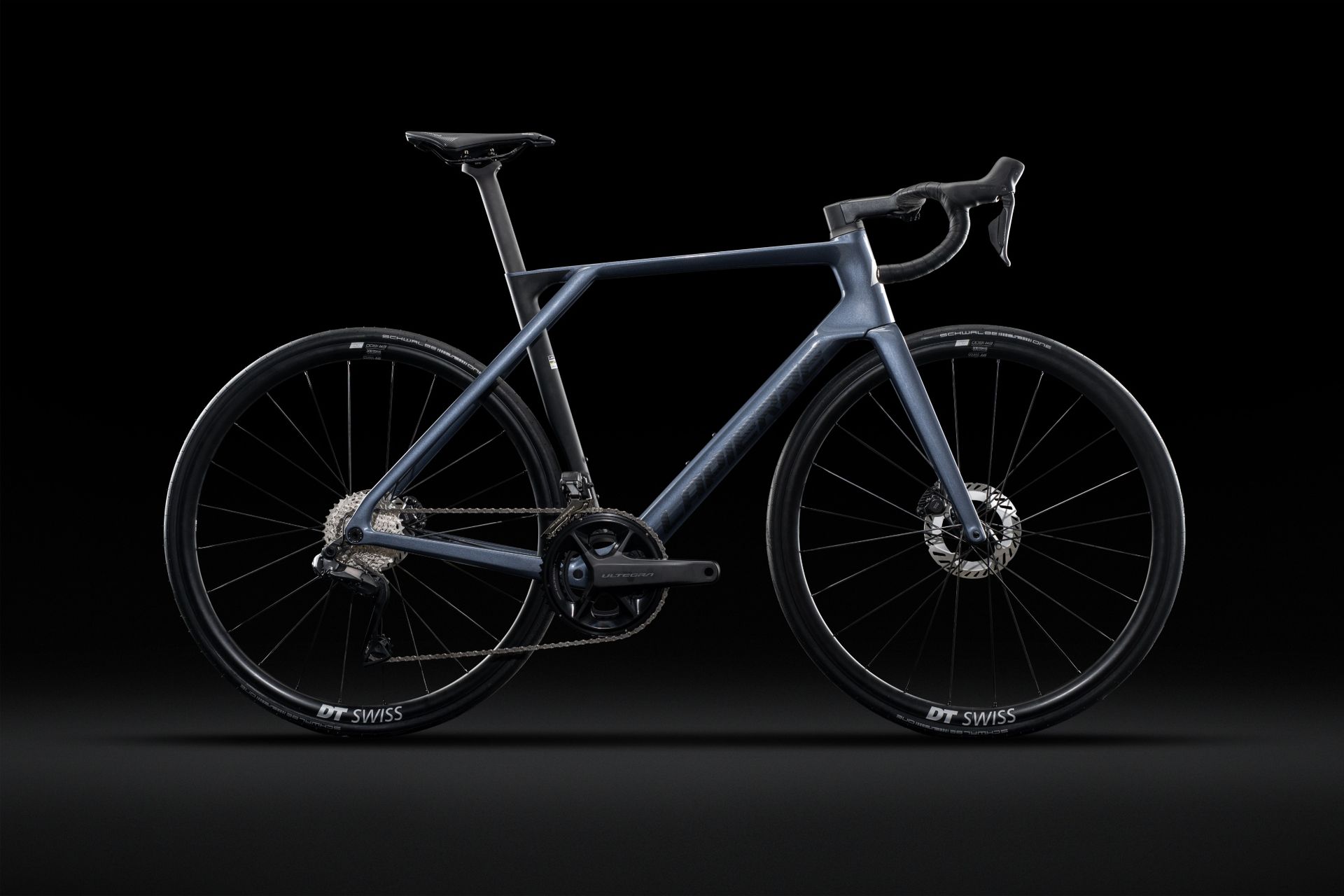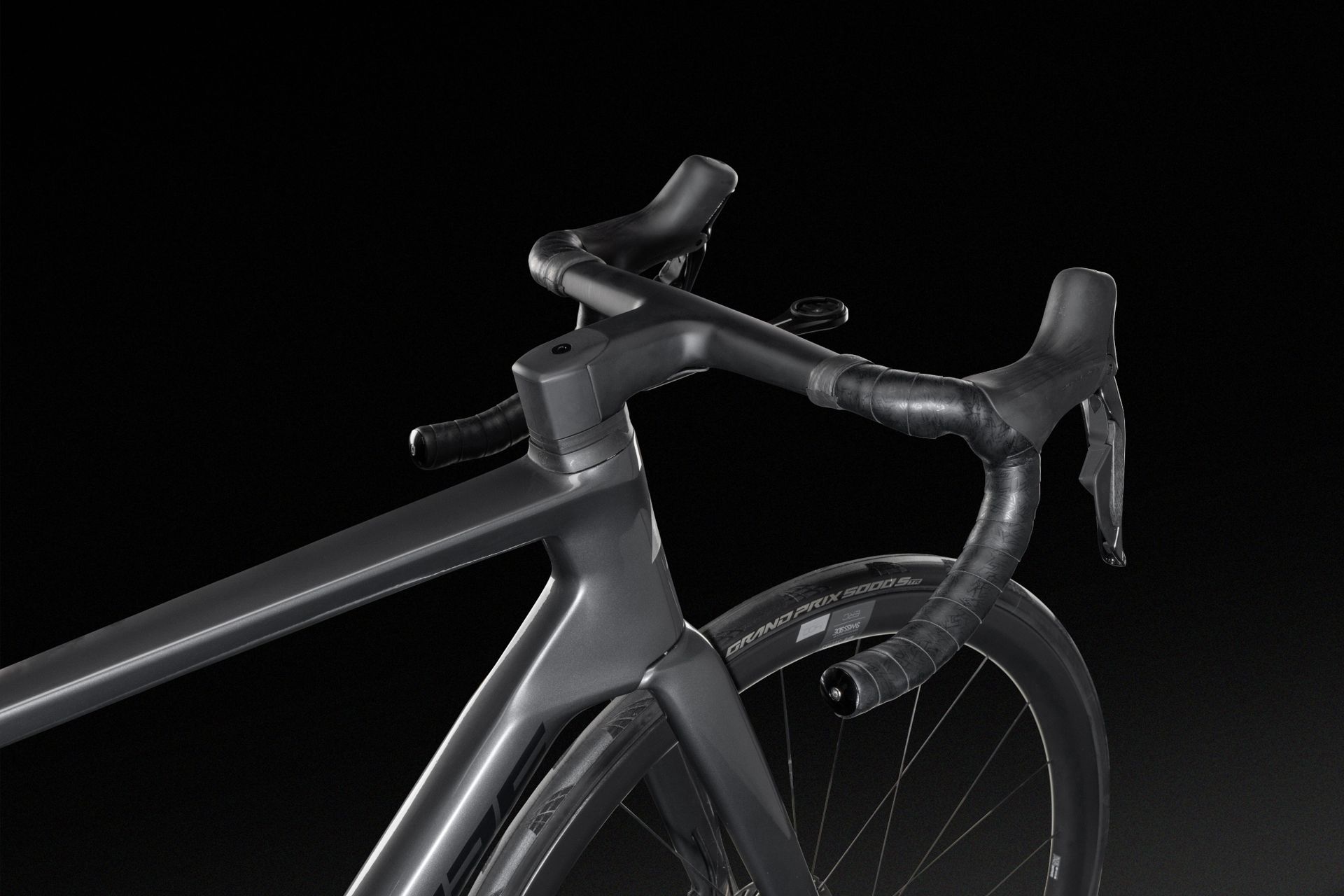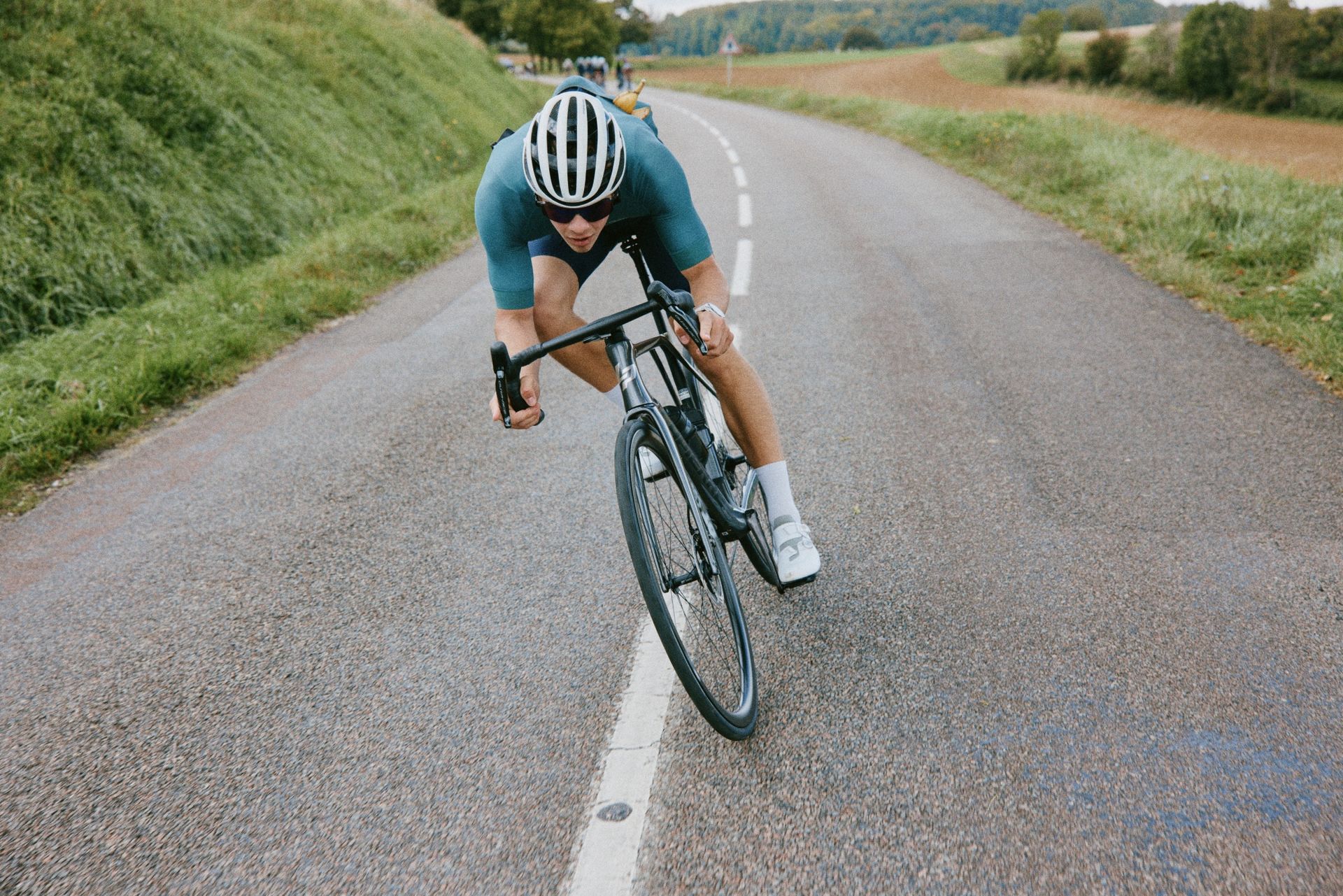Lapierre Xelius DRS is 14 watts faster than the Aircode as the brand moves towards a single race bike setup
The French brand's latest bike is a blend of the Xelius SL3 and the Aircode, replacing both of them for 2025


Today, Lapierre has launched an all-new race bike in the shape of the Xelius DRS.
The new bike takes aerodynamic learnings from the Lapierre Aircode, as well as layup technology and handling dynamics from the Xelius SL3.
The release of the Xelius DRS, also marks the slimming down of the brand's road bike lineup to a single model. Why? Like many brands of recent, Lapierre believes its latest bike is more rapid in most scenarios when compared to the outgoing Aircode and Xelius SL3.
Faster than the Aircode
Lapierre has invested a huge amount of time and effort into the aerodynamics of the Xelius DRS. Starting out with complex computational fluid design modeling, it was iterated through several different frame shapes, before full-sized prototypes were wind-tunnel tested.
A close up of the front end shows an aggressive fork, and aero details around the rear of the head tube
Compared to the outgoing Xelius SL3, the new frameset is much more angular in appearance, and features a deeper head tube and fork, both of which are aimed at keeping airflow as smooth as possible at the front of the bike.
At the rear, the triple triangle design is here to stay, and it's one that I personally like, giving the bike some distinction compared to other race bikes on the market. However, it's not an aero design feature. That said, the seat stays, and seat tube have all been optimised to perform as well as possible across a range of yaw angles.
The triple triangle design remains, and we think it looks good too
The result is a bike that is said to be 14 watts faster than the outgoing Aircode at 50km/h, or around 15% more efficient. This is a sizeable improvement, particularly when you consider the weight savings over the outgoing Aircode - though it is still beaten on the scales by the old Xelius SL3.
Heavier than the old Xelius
When the Xelius SL3 launched back in 2022, it turned heads with a fairly impressive at the time 725g frame weight, but the new Xelius DRS, though hardly porky, does carry a little bit of extra weight.
In a size 56, without paint, Lapierre claims the new Xelius DRS weighs 790 grams for the UD SLI Team frame and 390g for the fork, which is still fairly competitive among modern-day race bike competition, however, it does fall some way short of bikes such as the Specialized Tarmac SL8, and Giant TCR. The second-tier UD SLI frameset is a touch heavier, at 90g for the frame, and 392g for the fork.
That said, Lapierre is keen to firm up that the Xelius DRS is still faster in real-world conditions than the outgoing bike. According to Lapierre, at an amateur riding pace of 180 watts, the ‘tipping point’ for where the Xelius SL3 would be more efficient than the new Xelius DRS is 7.5%. Up this to a professional-level power output, and you are looking at a 12+% ‘tipping point’.
In reality, this is a weight gain you won't notice all too much, however, it is still heavier, and it means off-the-shelf builds even specced with Dura-Ace Di2 don't quite break the 7kg mark.
The Xelius DRS is dark satin blue.
A new integrated cockpit, and custom wheels
Lapierre has introduced new cockpit designs for both carbon fiber one-piece and two-piece versions of the Xelius DRS.
The new setup has once again it’s undergone some modernisation, particularly when it comes to bike fit. The new carbon fiber handlebar will be available in three widths, 370, 390, and 410mm, with stem sizes ranging from 90-120mm. The claimed weight of the bars is 325g, putting them firmly in the ballpark of cockpits from Pinarello and Canyon. the new system also features externally routed cables beyond the point of the stem, making it far simpler to adjust hood positioning. The new setup is available on the higher spec 8.0, 9.0, and 10.0 models only
For the lesser 5.0, 6.0, and 7.0 models, an alloy two piece bar and stem has been introduced to the line up, which Lapierre says offers better integration for the bike's internal cable routing.
The new cockpit is aero optimised and competitive on weight too.
Lapierre equips its 8.0 model and above with a custom DT Swiss ERC 1600 wheelset, featuring 45mm deep rims and a 22mm internal width, paired with DT 350 hubs.
While the Xelius frameset offers clearance for tyres up to 32mm - an increase over the Aircode's 28mm - the bikes come standard with 25mm tyres across all configurations. This is an interesting choice, and personally I think one that is a little outdated in 2024, though the frame’s wider clearance provides flexibility for those who want to use larger tyres for added comfort or different riding conditions.
Pricing and availability
The Xelius DRS lineup for the UK market consists of four models, with the 5.0, 10.0, and frameset-only versions not available. Starting at £3,699, the Xelius DRS 6.0 features a Shimano 105 Di2 groupset and DT Swiss E1800 alloy wheels, with a claimed weight of 8.4kg.
Next, the Xelius DRS 7.0 upgrades to a Shimano Ultegra Di2 groupset but retains the alloy wheels. This model is slightly lighter at 8.2kg and is priced at £4,499.
For £5,399, the Xelius DRS 8.0 also comes with the Shimano Ultegra Di2 groupset but moves up to DT ERC 1600 carbon wheels, dropping the weight to 7.5kg.
Topping the range, the Xelius DRS 9.0 features Shimano Dura-Ace and DT ERC 1400 Spline carbon wheels, weighs 7.2kg, and is priced at £7,399.
Additionally, Lapierre has introduced a new XXL size, making six frame sizes available, catering to riders taller than 1.95m.

Thank you for reading 20 articles this month* Join now for unlimited access
Enjoy your first month for just £1 / $1 / €1
*Read 5 free articles per month without a subscription

Join now for unlimited access
Try first month for just £1 / $1 / €1
Get The Leadout Newsletter
The latest race content, interviews, features, reviews and expert buying guides, direct to your inbox!

Joe is Cycling Weekly's tech writer. He's always had a love for bikes, since first riding a two wheeled steed before the age of four. Years down the line, Joe began racing at 16, and enjoyed great experiences internationally, racing in Italy, Spain and Belgium to name a few locations. Always interested in tech, Joe even piloted his Frankenstein hill climb bike to a Junior National Title in 2018. After taking a step back from elite level racing in April 2022, Joe joined our team as a freelancer, before becoming Tech Writer in May 2023.
-
One domestic road race can produce equivalent emissions to flying from London to New York and back, twice: the why and how of more sustainable events
Sustainability specialist and road race organiser Travis Bramley set out to discover if his love for cycling could align with his commitment to the environment. Here’s what he found
By Travis Bramley Published
-
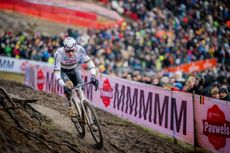 Is Mathieu van der Poel winning races “in zone 2” helping or hindering cyclo-cross?
Is Mathieu van der Poel winning races “in zone 2” helping or hindering cyclo-cross?The Dutch world champion has turned up off-road now, and immediately won twice. Is this fun?
By Adam Becket Published
